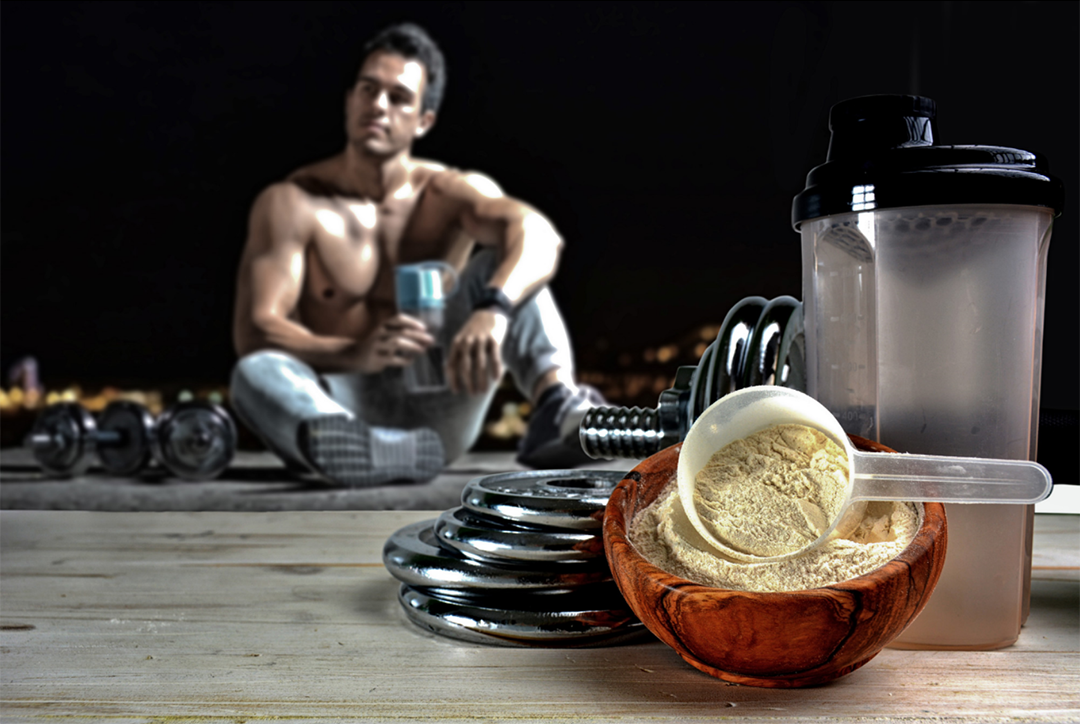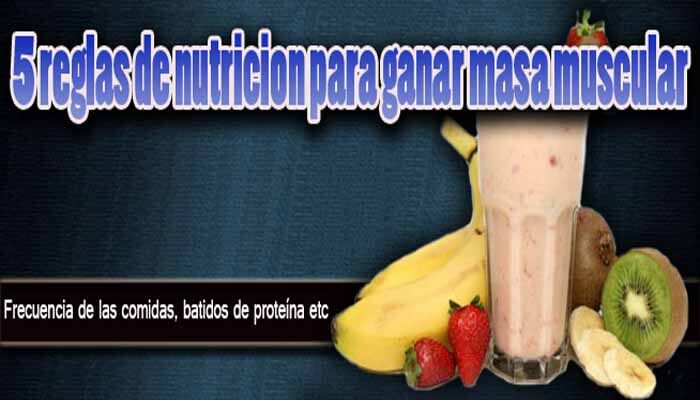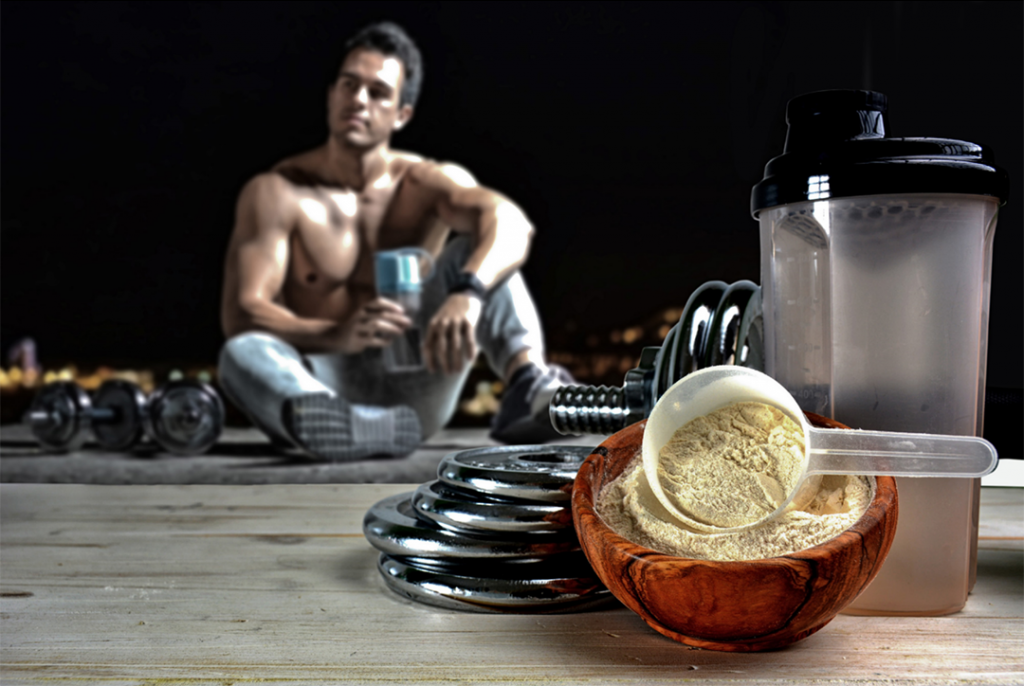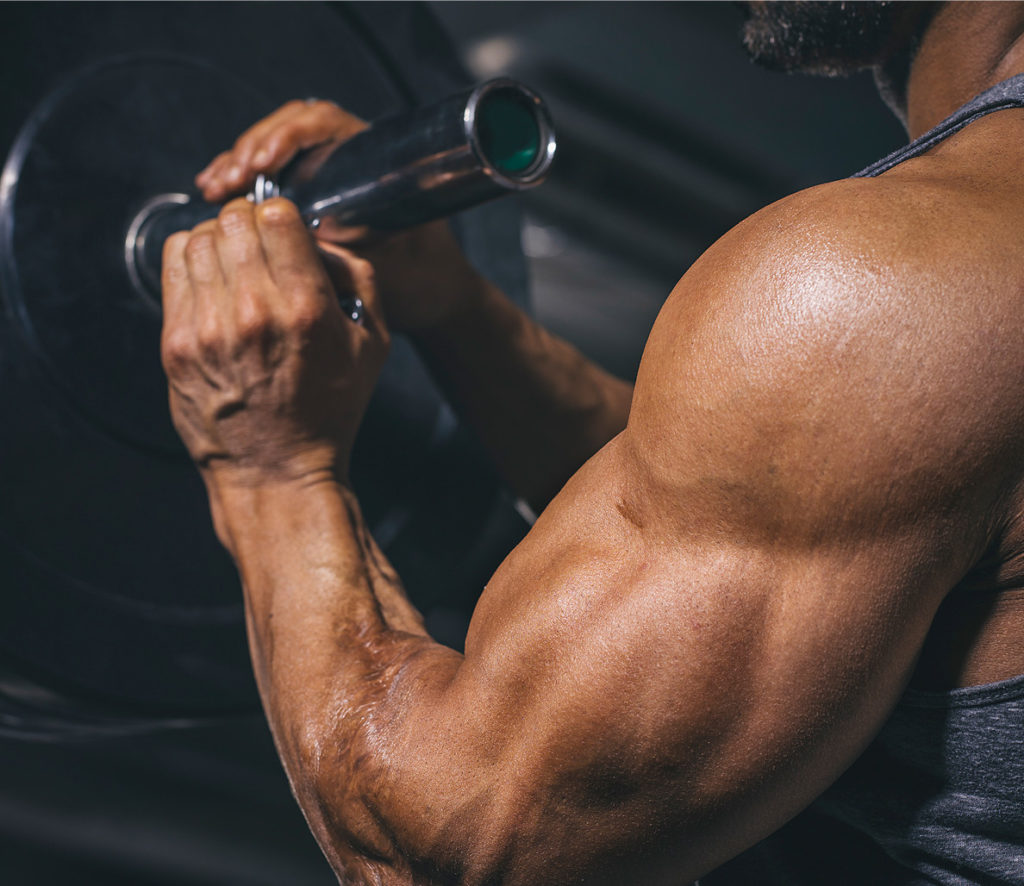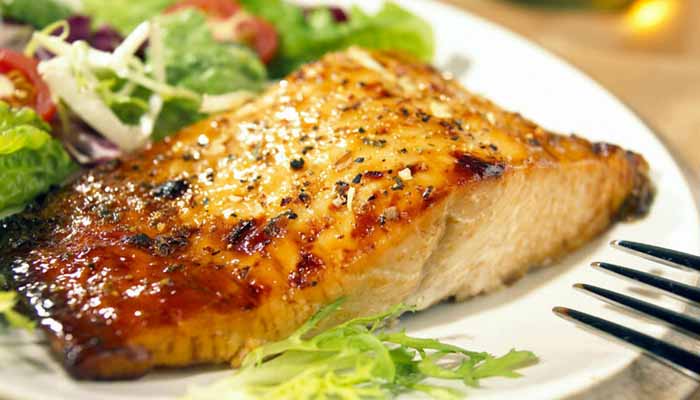3 simple ways to gain more weight the smart way

In this article we are going to talk about gaining weight.
Wait! Are you saying, Gain weight?
I thought that the great expectation today is to lose weight. Who on earth wants to gain weight? Well, if you’re reading this, you’re likely one of the many people who are really struggling to gain weight.
3 ways to gain more weight in an intelligent way
In fact, when I talk about gaining weight I mean gaining lean mass or building muscle .
Not only do you not want to gain weight, but you want to increase lean muscle mass. So if you want to learn what to do and what not to do to gain muscle mass, read on to find out.
My own history
I personally totally understand those who want to gain weight because I have been in that situation. I’ve been a skinny guy all through high school and most of college.
Sometimes it seemed like no matter what he did in the kitchen or the gym, he couldn’t make the scale go up a single pound.
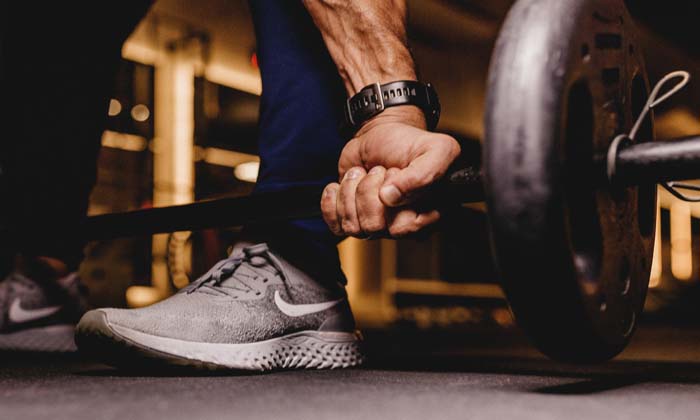
I first started exercising when I was in college and my body weight was around 60-65 kilos at 1.78 meters tall. So I was pretty skinny and I never thought I could reach 85 kilos (which I’m weighing today) without looking fat.
Anyway, my point is, I’ve been there and I know how you can get out of it.
The easy (and stupid) way
The easiest way to gain weight would be to eat exactly how you are eating right now and simply add a medium-sized pizza every day. If you do, you will gain weight and will probably gain it fairly quickly.
If pizza isn’t exactly your thing, you can drink a 1,000 kcal weight gain shake or a few bags of tartlets every day. Either of those things will work too.
However, there is a problem with all these strategies. After a month or two of doing it, you are definitely going to gain weight but you probably won’t be happy with how your body is changing.
And the reason for this depends on what you’re doing in the gym (assuming you go to the gym), you may or may not end up being stronger or more muscular after overeating, but you will definitely end up fatter. Probably much fatter.
That’s why your goal shouldn’t just be gaining weight. You need to rethink this to gain as much muscle and fat as possible. And achieving that takes a different approach than simply “eating a lot more”.
The intelligent way
Very well, to be bigger but also without being fat, you must follow three simple steps:
- First of all, you should eat just a little more calories than you burn.
- You must have a high protein, high carbohydrate diet.
- Do compound exercises with a lot of weight.
If you can implement the above steps correctly, you can gain weight while improving your body composition. This approach is much more likely to bring you closer to the body type you hope to achieve.
Alright, now let’s look at a little more detail in each of these three steps and see how you can implement them in your own lifestyle.
Step 1. Eat a little more
Weight gain and weight loss are as simple as calories in and calories out. If you are not eating enough calories, you will not gain weight. And that’s the only reason some people don’t gain weight.
Your appetite alone is not enough. The problem is that when your natural appetite is really low, you really feel like you are eating a lot of food but you really aren’t.
In fact, I’ve known people who had this problem and they calculated that they were eating between 3,000 and 4,000 calories, but when I asked them to keep track of everything they were eating, they found that they were consuming only about 2,000 kcal. per day.
Muscle development occurs when you have a caloric surplus. Your body will need just a little extra energy to start building muscle effectively.
Now, once people discover that they actually eat less, they begin to exaggerate with the amount of calories they eat, which is not optimal for rebuilding your body.
You think that if overeating a little is good for muscle development, eating a lot more will be even more beneficial, right?
Well not really.
Based on research and studies conducted so far, it has been scientifically proven that you will build muscle at the maximum rate possible and minimize fat gain when you eat only 10 to 15% more calories from the ones you burn .
So if you do the math, for most people this is only 200-400 kcal above your maintenance level. If you put that in your food, it can be just an extra sandwich or just a tall glass of milk. That’s! That’s all you need to eat to put your body in a slight caloric surplus and start changing your look.
If you eat a lot more than that, your muscles simply won’t be able to keep up with the amount of food you’re eating. Therefore, all the extra calories will be stored as body fat.
Let’s move on to step 2!
Step 2. High amount of proteins and carbohydrates
You probably already know that protein is given a lot of importance in the world of bodybuilding. And the reason for this is that it supports muscle growth. There’s a ton of studies to back that up, so there’s no catch here.
The amino acids in protein are the building blocks of our muscles, so it makes perfect sense to eat plenty of it. If you don’t, you will always have trouble building muscle.
Apparently the optimal amount of protein you need to eat to build muscle efficiently is around 1.5 gram per kilo of body weight . So if you weigh 70 kilos, you will need to eat 105 grams of protein per day. This should represent about 30-40% of your caloric intake on average.
Now when it comes to carbohydrates, there is a lot of debate. You rarely see someone recommending eating a lot of carbohydrates. As you probably know, there is a lot of hype around low-carb diets these days.
In fact, low carb diets are not effective at all if you like fitness or weight lifting or any other sport or physical activity. Low carb diets are good for overweight and sedentary people, but for active and healthy people they are pretty bad.
Eating carbohydrates will actually help you build muscle faster.
Carbohydrates will increase the amount of glycogen in your muscles. As you may know, glycogen is the fuel our muscles use in the gym when we exercise. More glycogen means better workouts, and better workouts will result in more muscle development.
Another way that a high carbohydrate diet helps is to maintain a higher insulin level, which will reduce the rate of muscle breakdown by keeping your body in an anabolic state for longer periods of time.
So, if you want to build muscle as fast as possible while gaining little fat, you need to eat enough protein and carbohydrates while keeping your total caloric intake just 10-15% above your maintenance level.
Step 3. Do compound exercises with a lot of weight
Let me start by telling you that if you miss the first two steps, step 3 is really not going to matter that much. A proper diet is extremely important! So make sure your diet is under control and only then continue to step 3.
What you do or don’t do in the gym will greatly affect your results.

The best types of workouts for people who do not use steroids are those that focus on compound exercises like bench press , military press , squats and deadlift . All of these exercises should definitely be in your training plan.
The reason compound exercises are superior to isolation exercises is because they allow you to progressively overload your muscles more effectively. You can increase the level of tension in your muscles over time much more effectively.
This is the main driver of muscle growth and while there are several different ways to do it, the most effective is to get stronger. That’s why the strongest people in your gym are also some of the biggest. So if you want to build a great physique, you need to start lifting heavy weights and building your whole body strength.
That’s basically it. These are the only 3 things you need to do to gain weight consistently and effectively and to make sure that much of that weight is muscle and not fat.
Summary
Here’s a quick rundown of the 3 smart ways to gain more weight:
- Eat a little more.
- A diet high in protein and carbohydrates.
- Lifting weight
Are you struggling to gain more weight? Leave a comment below.



